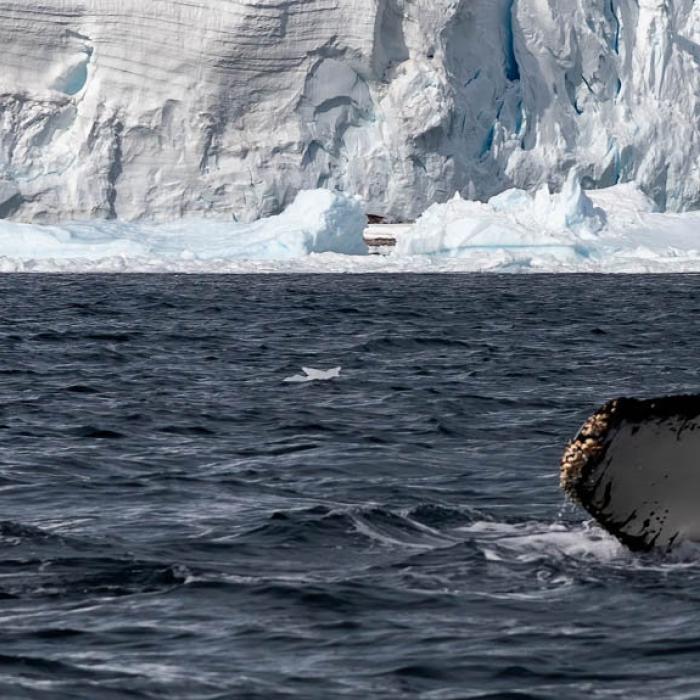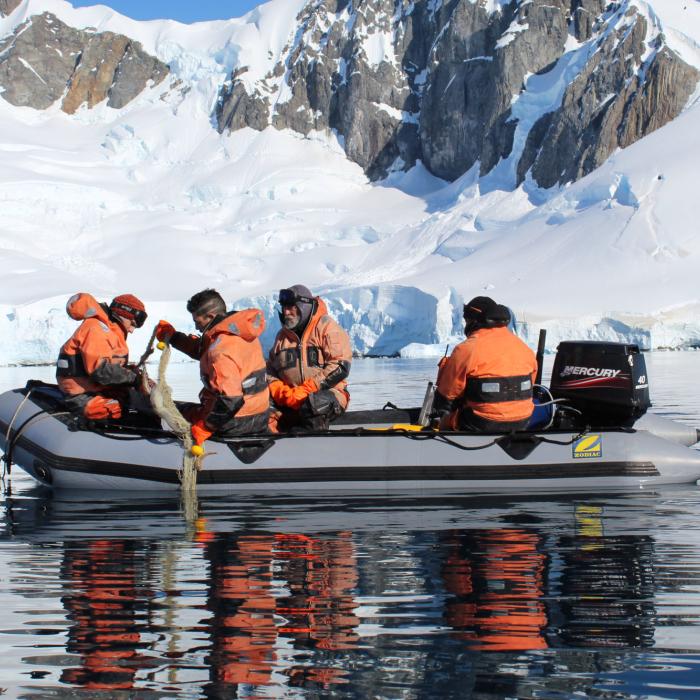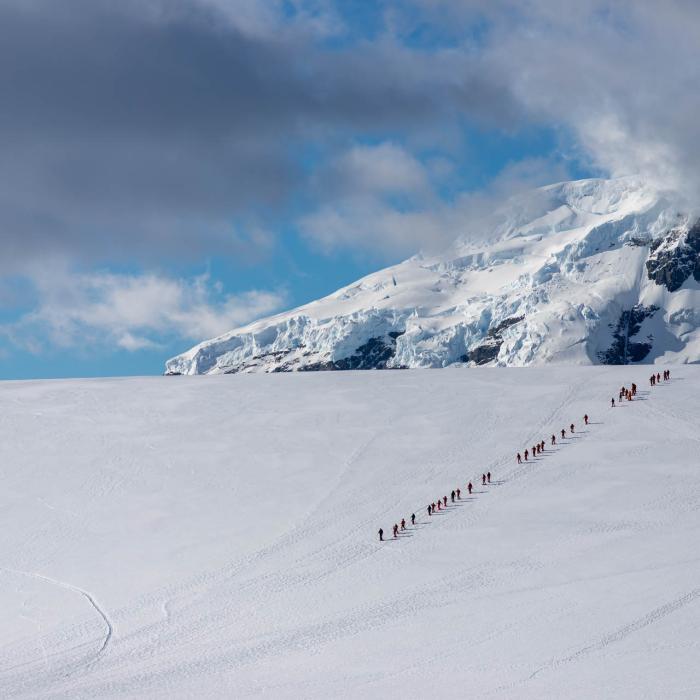
The Antarctic Treaty - Guardian of the Frozen Continent
Antarctica, the vast, icy wilderness at the southernmost tip of our planet, is a place of unparalleled beauty and scientific importance.
It is also a symbol of international cooperation and conservation thanks to the Antarctic Treaty. But what is the Antarctic Treaty? In this blog, we'll delve into the history of the Treaty and why its continued existence is essential for protecting this unique ecosystem.
The Birth of the Antarctic Treaty
The history of the Antarctic Treaty begins with the Heroic Age of Antarctic Exploration (1898-1922). During this time, intrepid explorers aimed to conquer the last frontier, become the first to reach the magnetic South Pole, and earn prestige in their respective nations. It wasn't long before countries began to stake territorial claims in Antarctica.
Some explorers not only discovered the “lie of the land”, but they also contributed to scientific research. For example, on his Terra Nova expedition, Robert F. Scott and his crew collected specimens of more than 2,100 plants, animals and fossils, more than 400 of which were new to science. Similarly, Douglas Mawson and the crew of the Australasian Antarctic expedition established a meteorological station at the sub-Antarctic Macquarie Island, collected data on ice, discovered a coal-bearing rock formation, and found meteorites and chondrites in Wilkes Land, Antarctica.
In the wake of both World Wars and amid the Cold War tensions of the 1950s, the race to make territorial claims and pursuit of scientific discovery in Antarctica raised several important questions. Could countries with territorial claims begin militarising Antarctica? Could they exploit its resources? Could Antarctica belong to anyone if they claimed it?
Several nations worked together to answer these pressing questions. The resulting agreement was to become known as the Antarctic Treaty. On December 1, 1959, the Antarctic Treaty was signed in Washington, D.C. by Argentina, Australia, Belgium, Chile, France, Japan, New Zealand, Norway, Russia, South Africa, the United Kingdom, and the United States. These 12 countries, the original Consultative Parties, were active in and around Antarctica during the International Geophysical Year (IGY) from 1957 to 1958. The IGY was a hugely successful scientific undertaking that paved the way for scientific collaboration in Antarctica and encouraged nations with territorial claims to set those ambitions aside. The Treaty, which designated Antarctica as a region for peaceful purposes only, came into force in 1961 and has since grown to include 56 signatories and 29 Consultative Parties.
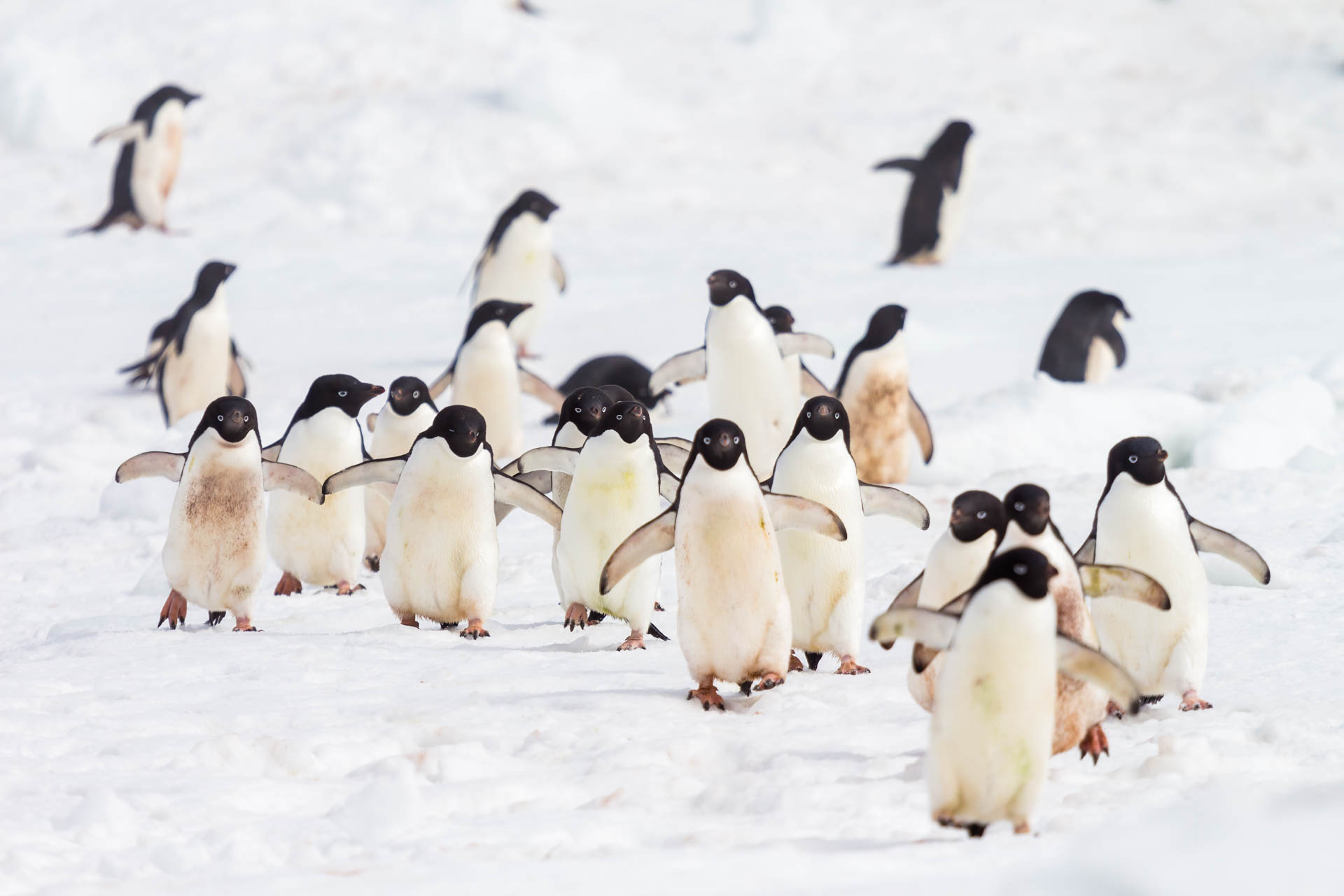
The Pillars of the Antarctic Treaty
The Antarctic Treaty's longevity can be attributed to its core principles:
1 - Demilitarisation: Article I of the Antarctic Treaty states that “Antarctica shall be used for peaceful purposes only.” As a result, “any measures of military nature” are not allowed, but the Treaty does “not prevent the use of military personnel or equipment for scientific research or for any other peaceful purpose”.
To ensure that the frozen continent remains a place of peace and scientific cooperation, Treaty Parties are required to communicate with each other about their activities in Antarctica. In fact, all facilities operated by the Consultative Parties, including ships, aircraft and research stations, are subject to inspection by observers designated by other Parties. This system of inspections keeps Treaty Parties accountable for fulfilling the stipulations of the Treaty and Environment Protocol.
2- Scientific Freedom: The Antarctic Treaty promotes scientific research by strongly encouraging cooperative exchange of data and international collaboration in studying the continent. Today, international groups of subject matter experts with extensive knowledge of the continent, including the Scientific Committee on Antarctic Research (SCAR) and the Council of Managers of National Antarctic Programs (COMNAP), work alongside Treaty Parties to determine best practices for maintaining this scientific freedom and culture of cooperation.
3- Consultative Decision-Making: To make decisions for the world's last great wilderness, the Consultative Parties meet every year to discuss the region’s continued governance. The Consultative Parties include nations that are one of the original 12 signatories or demonstrate significant interest in Antarctica "by conducting substantial research activity there". These meetings, called the Antarctic Treaty Consultative Meeting (ATCM), include the Consultative Parties as well as Non-Consultative Parties, observers, and invited experts. All participants can contribute to discussions, but only the Consultative Parties take part in decision-making by consensus.
The main outcomes of ATCMs are Measures, Decisions, and Resolutions. These provide regulations and guidelines for the management of the Antarctic Treaty Area and the work of the ATCM. Measures are legally binding on Consultative Parties once they have been brought into all the Consultative Parties’ national law.
4- Environmental Protection: Environmental protection quickly became an integral part of the work of the ATCM, and there are now several agreements that preserve Antarctica's environment. In 1964, Treaty Parties adopted the Agreed Measures for the Conservation of Antarctica Fauna and Flora, followed by the Convention for the Conservation of Antarctic Seals (CCAS) in 1972 and, in 1980, the Convention for the Conservation of Antarctic Marine Living Resources (CCAMLR).
In 1998, the Protocol on Environmental Protection (also known as the Environment Protocol) came into force. The Environment Protocol designates Antarctica as a “natural reserve, devoted to peace and science”. Importantly, it sets out environmental principles regulating human activities in Antarctica. For example, prohibiting mineral resource exploitation, protecting wildlife, forbidding the introduction of non-native species, and banning the removal of items from the environment (e.g. bones, rocks, etc.) without a permit. It also addresses waste disposal, area protection and management, and Environmental Impact Assessment.
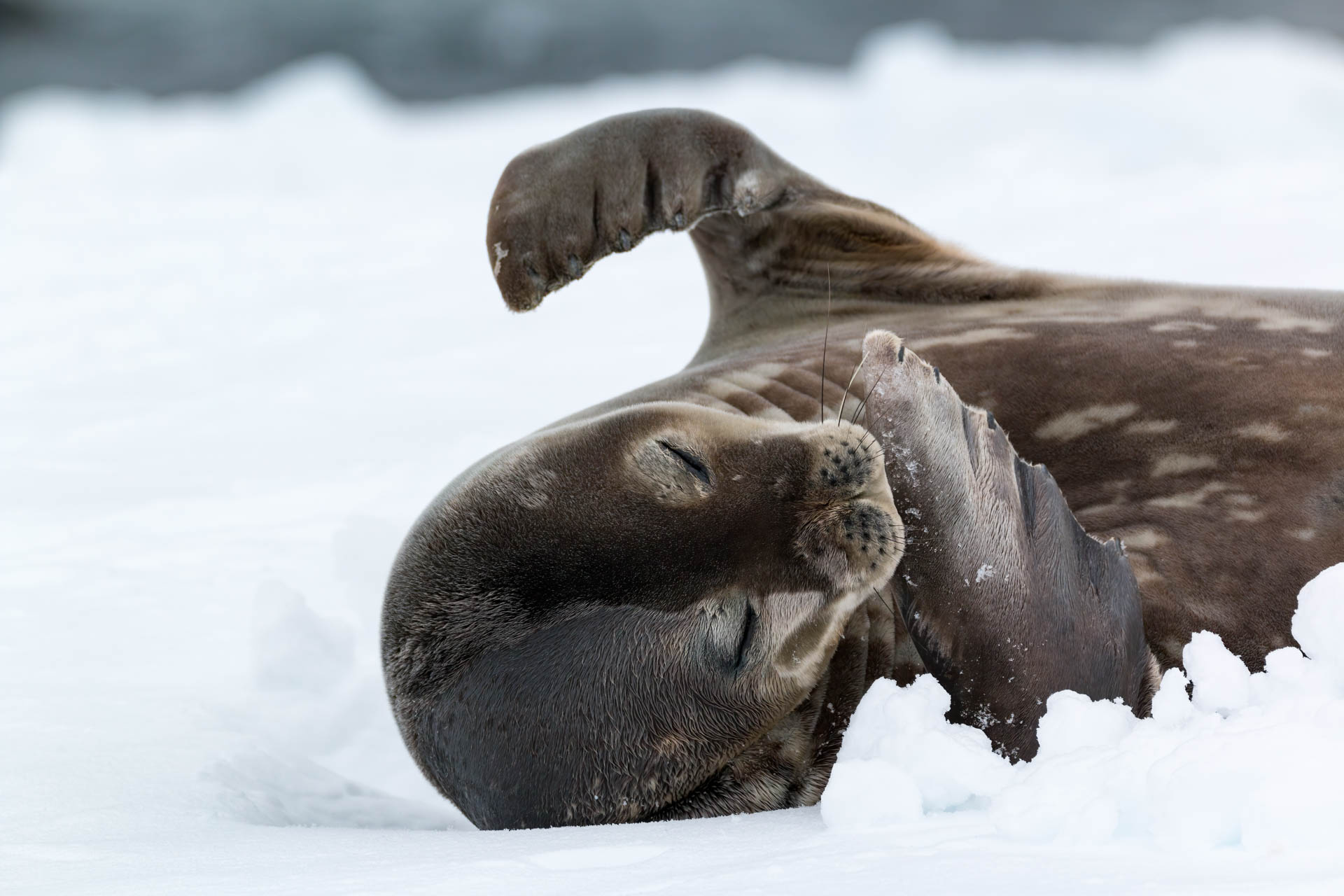
IAATO and the Antarctic Treaty
In 1991, seven companies which had already been operating expeditions to Antarctica for several years founded the International Association of Antarctica Tour Operators (IAATO) – a global, non-profit industry alliance dedicated to safe and responsible private-sector travel to the White Continent. IAATO was formed on the basis of setting aside competitive practices to benefit from a coordinated effort in ship-scheduling, safety measures, and environmental guidelines for wildlife. Joining together enabled the individual companies to pool their resources, engage their respective governments, and develop substantive internal protocols and guidelines compatible with the best practices that were already being followed in the field.
As an Invited Expert since 1994, IAATO participates in annual ATCMs, providing expert advice on tourism-related issues to facilitate discussions on the management of human activity in Antarctica. IAATO also submits Information Papers to the ATCM, including reports on member activities and the latest visitor facts and figures.
Why the Treaty System Matters
Preserving an Extraordinary Environment Antarctica is home to unique and complex ecosystems, from the miniscule but mighty krill to penguins and seals to enormous baleen whales. By implementing the Antarctic Treaty and its agreements, including the Environmental Protocol, into domestic law, Parties can protect these ecosystems.
Human activity in Antarctica is limited by national legislations that establish a permitting/authorization regime for human activities on the frozen continent. Eligible visitors must obtain the necessary permits or authorisations from their relevant Competent Authority of each Antarctic Treaty Party. These steps help protect Antarctica by ensuring that people do not engage in activities that would jeopardize the continent’s well-preserved environment.
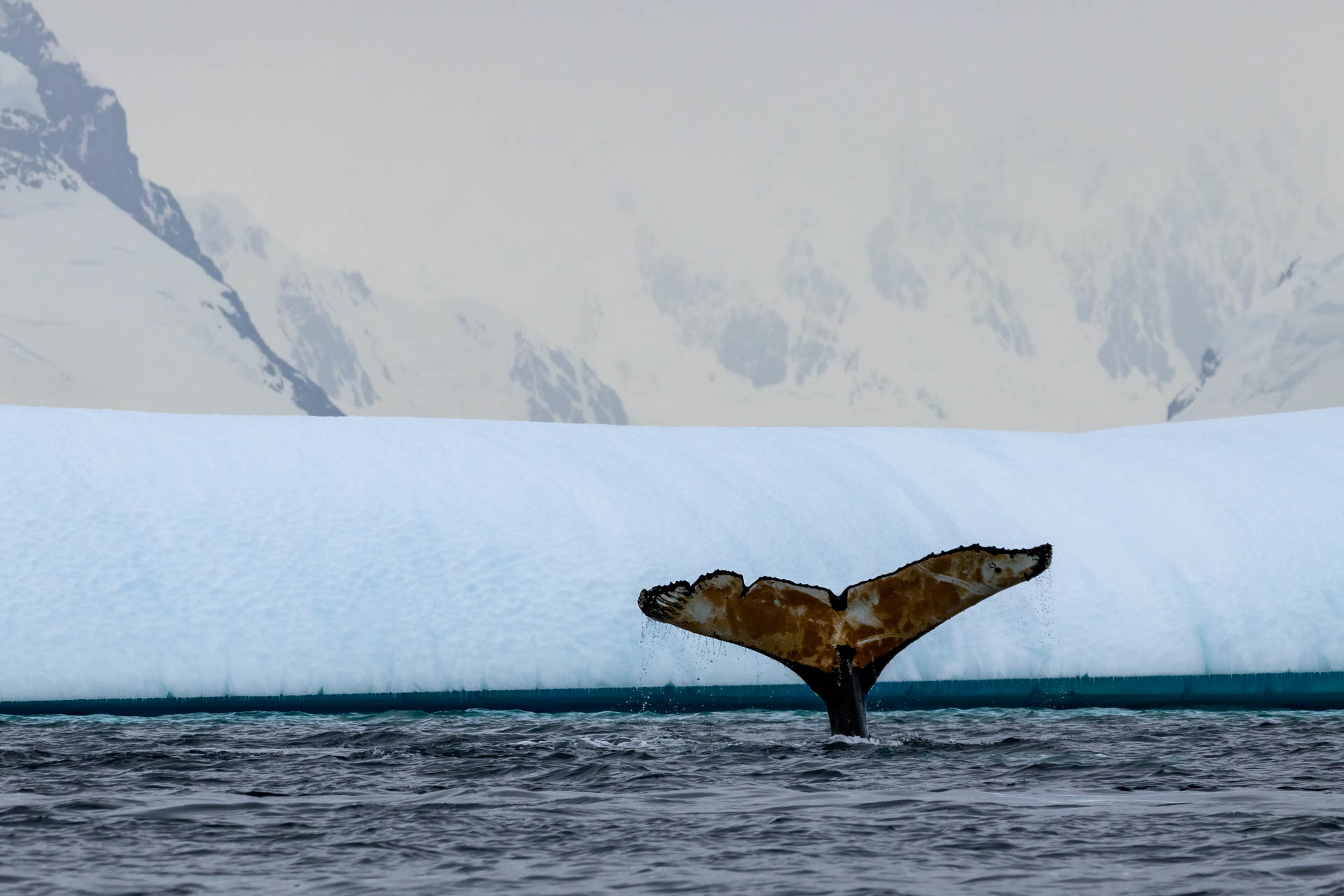 Scientific Discovery The Antarctic Treaty System’s emphasis on the importance of science in the region has led to many incredible discoveries. For example, the world’s largest fish breeding grounds were found under the ice of the Weddell Sea.ref Scientists found approximately 60 million active icefish (Neopagetopsis ionah) nests covering at least 240 square kilometers of seafloor. Most of these nests, containing about 1700 eggs each, were occupied by an adult fish that was guarding their young.
Scientific Discovery The Antarctic Treaty System’s emphasis on the importance of science in the region has led to many incredible discoveries. For example, the world’s largest fish breeding grounds were found under the ice of the Weddell Sea.ref Scientists found approximately 60 million active icefish (Neopagetopsis ionah) nests covering at least 240 square kilometers of seafloor. Most of these nests, containing about 1700 eggs each, were occupied by an adult fish that was guarding their young.
In another study of sediment samples from the Scotia Sea,ref scientists found DNA from microorganisms dating back about one million years! These are the oldest marine sedimentary DNA (sedaDNA) samples that we have to date. Previously, the oldest sedaDNA samples came from Arctic permafrostref and had been dated back to 650,000 years ago.
Scientists have even found a river beneath an Antarctic ice sheet using radar on aircraft. This river is 460 kilometers (285 miles) long and drains into the Weddell Sea. Even though Antarctic research began a century ago, there is still so much more to discover.
Modelling International Collaboration In a world often marred by disputes, the Antarctic Treaty is a beacon of peace and collaboration. It demonstrates that nations can set aside their differences for the greater good of a shared concern. Global Impact Antarctica holds crucial data about Earth's climate history. Since Antarctica has been covered in ice for the last six million years, snow that fell thousands of years ago is still buried deep in layers of ice! Scientists can analyse the composition of air bubbles inside of the ice to tell us about what the atmosphere was like thousands of years ago. This data can be compared to our atmosphere today, informing scientists about climate change, atmospheric science, and more!
Changes in Antarctica also have a global impact. For example, when scientists discovered the ozone hole over Antarctica in 1985, they were able to attribute its formation to chlorofluorocarbons (CFCs) that were in use globally in aerosol sprays and refrigerants. When trapped in clouds, these chemicals reacted with ozone to quickly break it down, forming a hole that left the continent exposed to harmful UV-B radiation. Subsequently, several governments worked together to write the Montreal Protocol which banned the use of CFCs to repair the ozone layer. International cooperation through the Antarctic Treaty laid the foundation for addressing this global climate-related challenge, as it continues to do.
The Continued Importance of the Antarctic Treaty
The Antarctic Treaty continues and will continue to play a crucial role in protecting Antarctica as a “natural reserve, devoted to peace and science”, as both the Antarctic Treaty and Environment Protocol do not have an end date. These important agreements can only be amended by unanimous agreement of the Consultative Parties. The added pressure of contemporary challenges, such as climate change and increased interest in extracting natural resources, highlight the ongoing significance and necessity of the Treaty.
In an ever-changing world, the Antarctic Treaty serves as a model for international cooperation, demonstrating that nations can unite to preserve a unique and valuable part of our planet. As we move forward, let us remember the Treaty's enduring legacy and the importance of preserving Antarctica for generations to come.
References | Scientific Discovery
